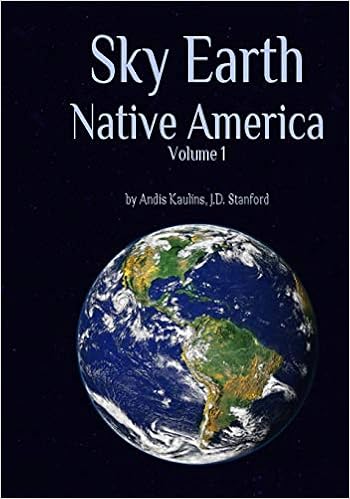The Neolithic Rock Art Camel Site in Northern Arabia as Astronomy:
Interactive Lesson #2:
What is the Camel Carrying?
The camel carries the starry sky.
The mid-center Celestial Meridian as the prominent left foreleg of the camel and the top of the camel's hump at the location of the North Celestial Pole indicate that the camel carries the stars in the sky, i.e. the vault of heaven.
Arab sources of antiquity place the camel at a position near the North Celestial Pole. Citing to Richard Hinckley's Star Names: Their Lore and Meaning (Dover edition, 1963)
We have previously written that:"Significant for our discussion of ancient celestial poles is the fact that the Arabic Bedouins in Egypt, instead of a dragon, saw a circle of camels at heaven’s center that was being attacked by hyenas."See:
https://megalithicworld.wordpress.com/2007/11/14/horusfalconcultasastronomy/
Before we present our decipherments, the reader may try to identify
stars represented at the Camel Site by carved figures and holes carved
in stone to represent bright stars or groups of bright stars. Good luck!
Groups of stars can be represented by figures, as we still do in modernity by the stellar constellations.
But stars can also be represented individually by "cupmarks" (cupules, holes carved in stone to represent stars).
Usually -- the larger the hole, the brighter the magnitude of the star.
Please note:
The carved figures at the Camel Site are likely to be older than the identifiable cupmarks, which appear to be younger, because they cover less space than the corresponding figures. We see this at the representation of the stars of Perseus, which we add to our decipherment image in the next posting.
This same phenomenon is found at sites such as Lascaux in France -- but, to our knowledge, is something not recognized by mainstream archaeologists -- where cave paintings cover rocks that were already previously carved to mark the same stars as the later paintings.
People often see what they want to see or things easy to see ... and miss the rest. No less an observer than Albert Einstein said that he had little patience with scientists who drilled only where the drilling is easy.





